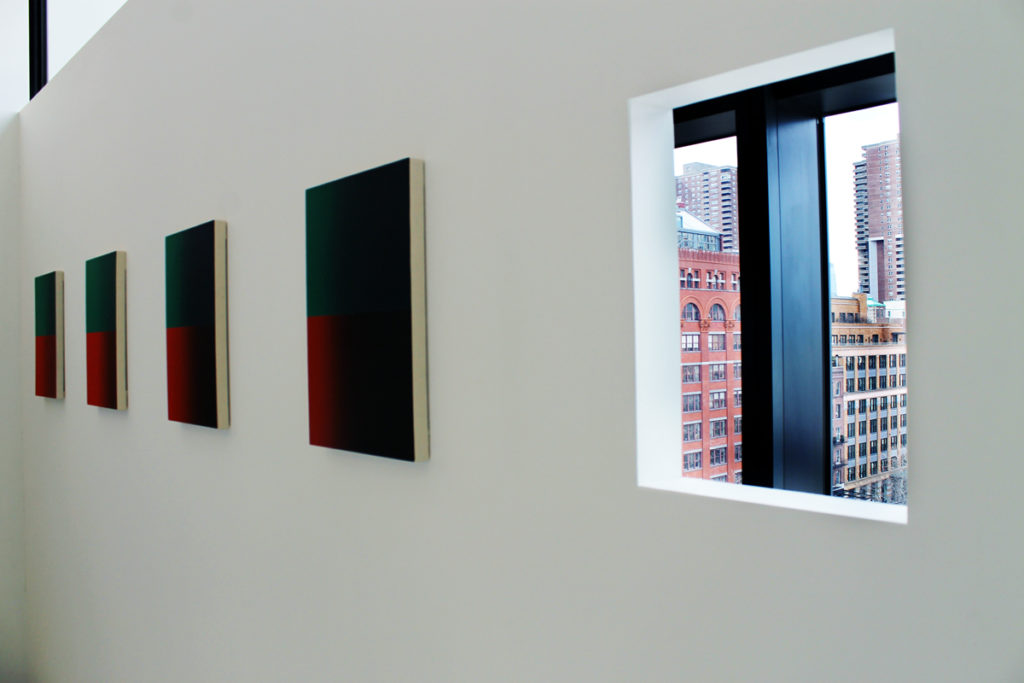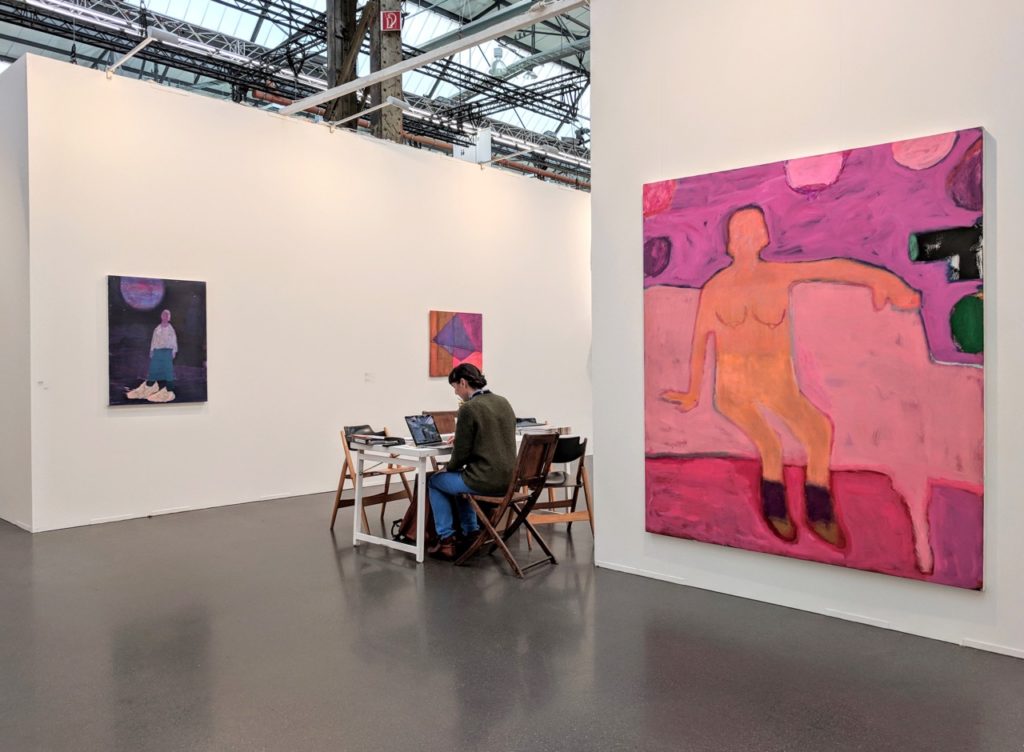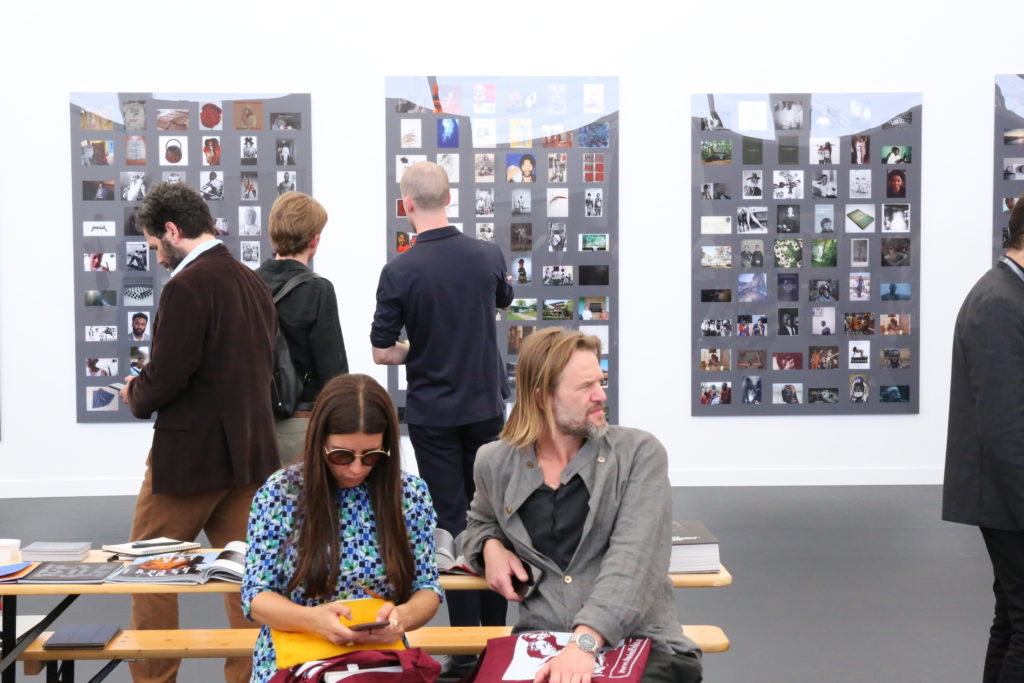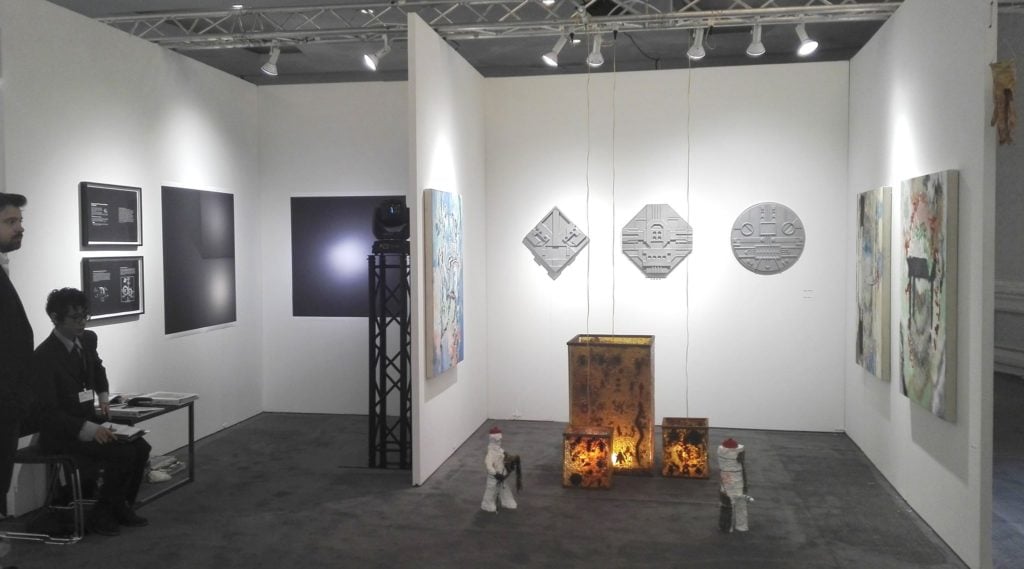Analysis
How Do Dealers Really Feel About the Future of the Art Business? Gallerist Elizabeth Dee Plots the Way Forward
Gallerists are grappling with maintaining relevance in a changing landscape.

Gallerists are grappling with maintaining relevance in a changing landscape.

Elizabeth Dee

There have been two narratives about the art market competing for media space in recent years: One is that the top end of the market has never been so vibrant, and the other is that galleries are closing at a record rate. As consolidation and hyper-capitalization in the global gallery system reaches unprecedented extremes, many of us in the business find ourselves wondering, what’s next for galleries?
And behind that question lurks an even more pressing one: Do we still have an effective system for bringing new art forward? At such a transformational time, it surprises me how little exposure has been given to gallery missions and practices to address this question.
Yet there is a movement now to innovate how art connects to the gallery as a place of engagement, and there are talented gallerists questioning the larger purpose of bringing art forward—they are critical thinkers and advocates for artists, and there are several ways in which certain galleries are addressing this key question. It’s no surprise that a majority of visionary gallerists are in fact artists and have an ability to empathize and find paths for artists in and beyond the business.
One good place to look is the New York gallery CANADA, which, over the past two decades, has grown into a sustainable platform for its artists. CANADA is a case study for how success could be redefined for galleries, and a possible new model that redefines ownership and creates a unique gallery culture that is growing and thriving.
“Our thing has been artists banding together to fight for each other’s voices,” says gallery co-founder Phil Grauer. “All of us have an understanding of the making end of things, not just the business side.”

Installation view of Katherine Bradford at CANADA Gallery. Courtesy of CANADA Gallery.
There are increasingly different definitions of what a gallery can be. The maverick gallerist Gavin Brown has always both resisted and embraced classifications of his gallery, and he has found ways to play with that attitudinal inflection. “The word ‘gallery’ is no longer elastic enough to describe all the versions and species that we currently regard as galleries,” he says. “There are vastly different models, vastly different scales of economy, different ideologies which all produce different ideas of what art even is. What art is for. What galleries are for. But my instinct is that the entire endeavor—across the board—and however it manifests itself is more vital and needed than ever.”
Cultural economist Clare McAndrew wrote recently that despite some experimental new models, galleries continue to be the site where relationships between collectors and artists are born and fostered. “Even as artists experiment with ways of reaching the market directly, relationships between artists and collectors still typically begin in a gallery, and I believe galleries should remain a crucial intermediary between artists and their collectors.”
In thinking about the gallery’s future, I share her view that the gallery sector is going to continue to be critical to the evolution, but will also become more experiential. In order to achieve multiple outcomes in a complex time, we will be seeing galleries becoming increasingly inventive, collaborating more in strategic ways.

Gavin Brown’s Enterprise. Photo: Henri Neuendorf.
Creating new markets for artists is still a time-driven endeavor that is left to the gallery to manage and develop. Most artists still value having representation and the third-party endorsement that galleries provide. There is tremendous value of association with a gallery program of other like-minded artists and thinkers. Continuing to ask what an artist wants from a gallery is something we should be pushing right now in order to create co-partnership toward mutual goals, rather than supporting a counterproductive dependence.
The good news is that market creation is happening by visionary gallerists, and with increasing diversity. Amy Adams, co-founder of the gallery Adams and Ollman, is building value for artists in her truly diverse program. Exhibitions in her gallery often juxtapose the work of contemporary artists with self-taught, anonymous, and folk artists, creating a dialogue between divergent artistic practices and leveling the distinction between contemporary and “outsider” art.
“As a dealer, I believe my job is to create a unique market for each artist I represent, and one which is true to the idiosyncratic nature of their work,” she says.
Since the gallery emerged as a concept of introducing new art and ideas in the 1970s, it has developed in tandem with artists’ strategies. Galleries are unifiers of artist communities, curators of exhibition spaces, and producers of programs, among other roles.
The gallery system is still quite young, and is increasingly malleable. I have complete confidence that galleries have radically changed since 1970, and will continue to do so. It’s galleries that are building the viewing spaces, the contexts, the clubs; they are making the campfires and providing the discourse and sense of community. Many are defining their spaces today in terms of innovating what a gallery can be. For instance, Kai Matsuyama has written a mission statement for his gallery on New York’s Lower East side: “The gallery operates with the belief that the contemporary art gallery has not caught up to the realities of art, with how art lives and breathes in its own times and terms.”

Kai Matsumiya, New York. Photo courtesy of Pedro Wirz.
Galleries that will shape the future of culture are addressing their fundamental purpose and mission. They will redefine and reassess the gallery system’s potential for communication with its audiences. We are in a time where transactional value is at risk of determining curatorial value. If that continues, what galleries deliver will be increasingly overlooked. The art market alone is not the sole driver of the conversation.
We should always take a closer look at natural consensus, unconscious bias, and channels of information, as McAndrew notes in her article on the phenomenon of the “superstar economy.”
When you look more closely at galleries, their differences are, in many ways, their strengths. Going back to the original question, we can see now that an effective system for bringing new art forward would not be possible without galleries that have a critical viewpoint. In terms of who determines future value, criticism could reemerge not only to reclaim its core purpose, but to serve and advocate for new art and impact consensus around value that is not just derived from yesterday’s auction transaction. This all comes back to defining the larger purpose of what, and who, we are doing this for.
Galleries share an entrepreneurial mindset to test new formulas that will communicate art to gallery audiences of the future. Defining the future “gallery audience” at a time when more and more people are staying home and not going to galleries as much as they were a decade ago seems to be critical to a gallery’s future vision.
As the critic J.J. Charlesworth wrote recently, “Art was supposed to be valuable for all kinds of reasons—it was supposed to beautify, or celebrate, or inspire, or move, or expand people’s understanding of themselves and their world, and how they might act in it. Maybe it isn’t any longer. Maybe it should be.”
Elizabeth Dee is the co-founder of Independent New York, taking place from March 7-10, 2019. Recent publications include Every Future Has a Price: 30 Years After Infotainment, an exhibition publication in collaboration with Distributed Art Publishers (D.A.P.).